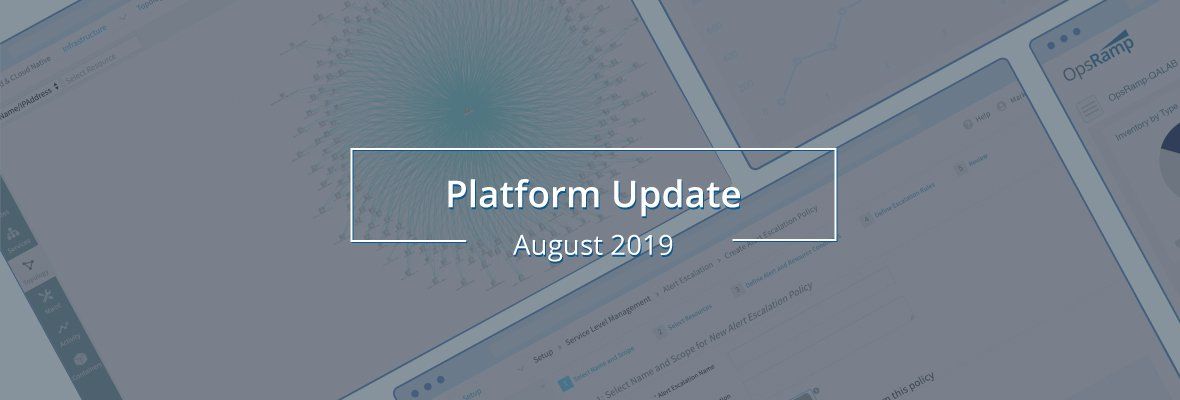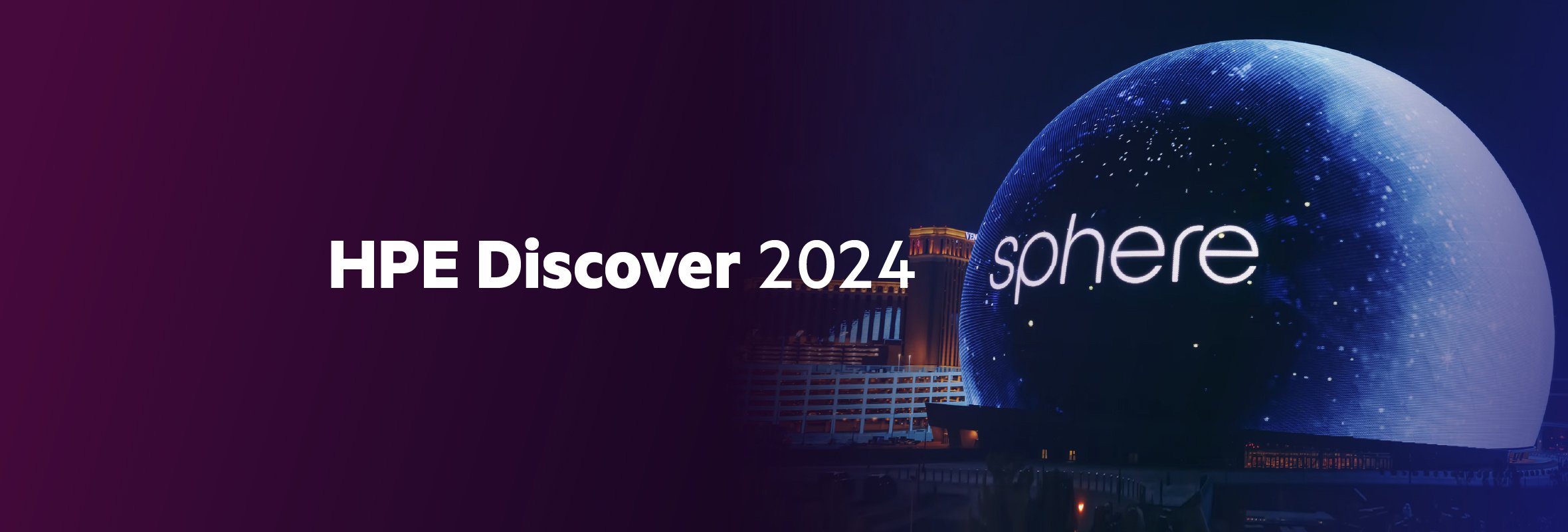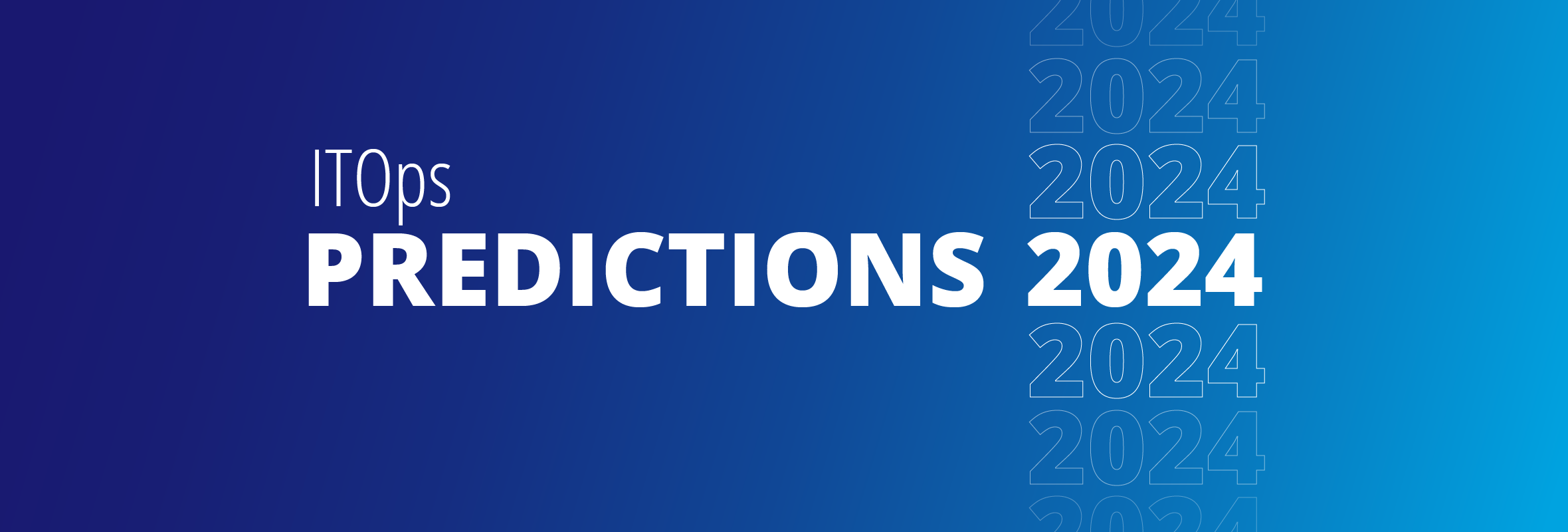The Summer 2019 release introduced: OpsQ Observed Mode, Learning-Based Auto-Alert Suppression and many more updates to the OpsRamp Platform.
This week all OpsRamp customers are being updated to our August 2019 release. Customers and partners should review all the details in our release notes. Here’s a high-level summary of what’s new this month:
Alert Management and Topology Maps
Observed Mode is now available for Alert Escalation and First Response policies.
OpsQ is OpsRamp’s intelligent event management, alert correlation, and remediation AIOps solution. OpsQ Observed Mode helps incident management teams assess the accuracy of the OpsRamp machine learning algorithms in a live production environment before they take effect. Observed Mode creates shadow inferences that show alert correlation decisions that OpsQ would have made if enabled.
With Observed Mode enabled on an Alert Escalation policy, alerts with Observed status are created to display the recommendation on incident routing, prioritization, categorization.
With Observed Mode applied, the First Response policy creates alerts in Observed Mode with OpsRamp’s recommended alert suppression. All Inferences and alerts created in Observed Mode policies have Observed as the current status of alerts. This status simplifies search and reporting. You can find all Observed Inferences and alerts with Observed status using Current Status = Observed in the Alert Browser filter.
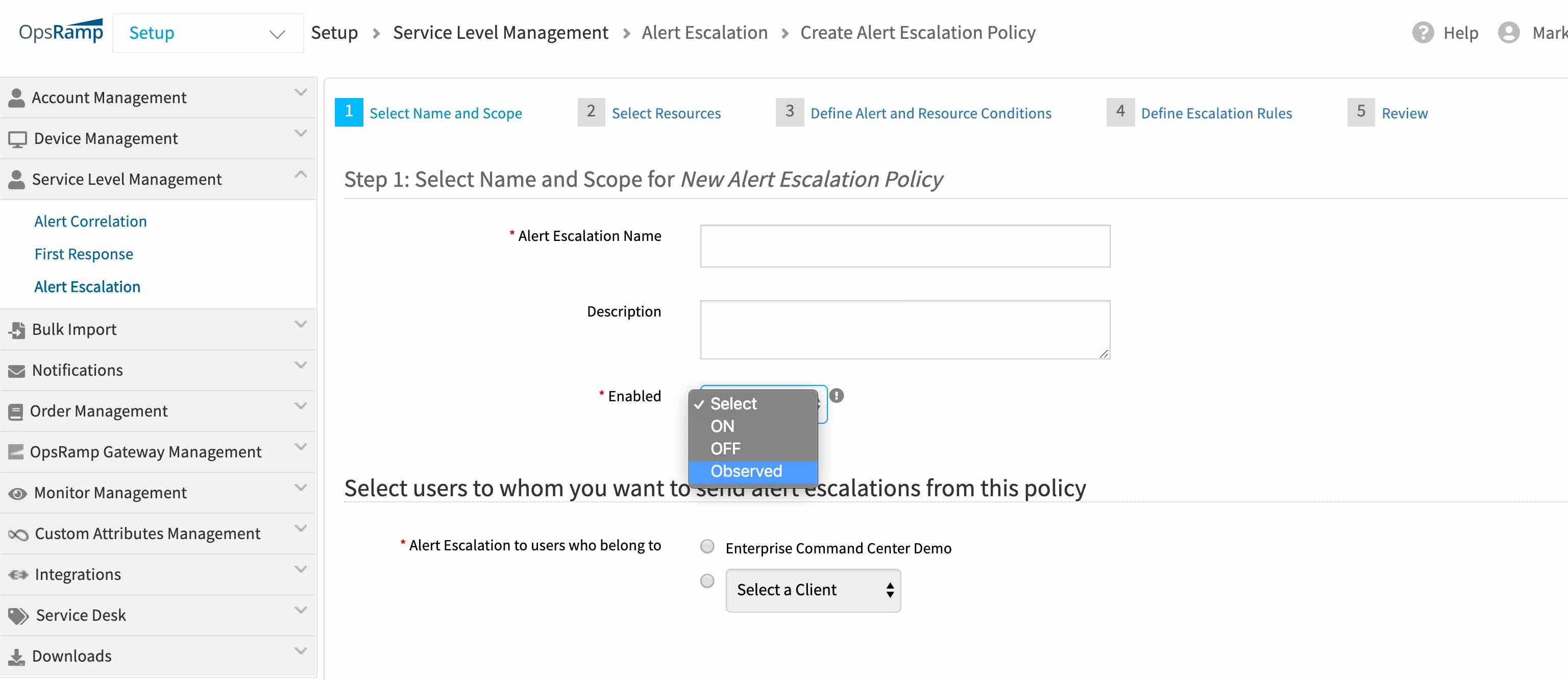
Alert Correlation Updates & Enhancements
- siteName & regionName Aware Correlation: The co-occurrence based alert correlation now considers siteName and regionName in correlation improving the accuracy and effectiveness of alert correlation and providing more effective correlated alerts.
- Topology and Dependency Aware Correlation: Users can now enable the alert correlation to factor in dependency and Topology relationships when clustering and correlating alerts. This means that the alerts that are ultimately correlated have a greater probability of being impactful for the user and reduces the chance of unrelated alerts from being clustered together.
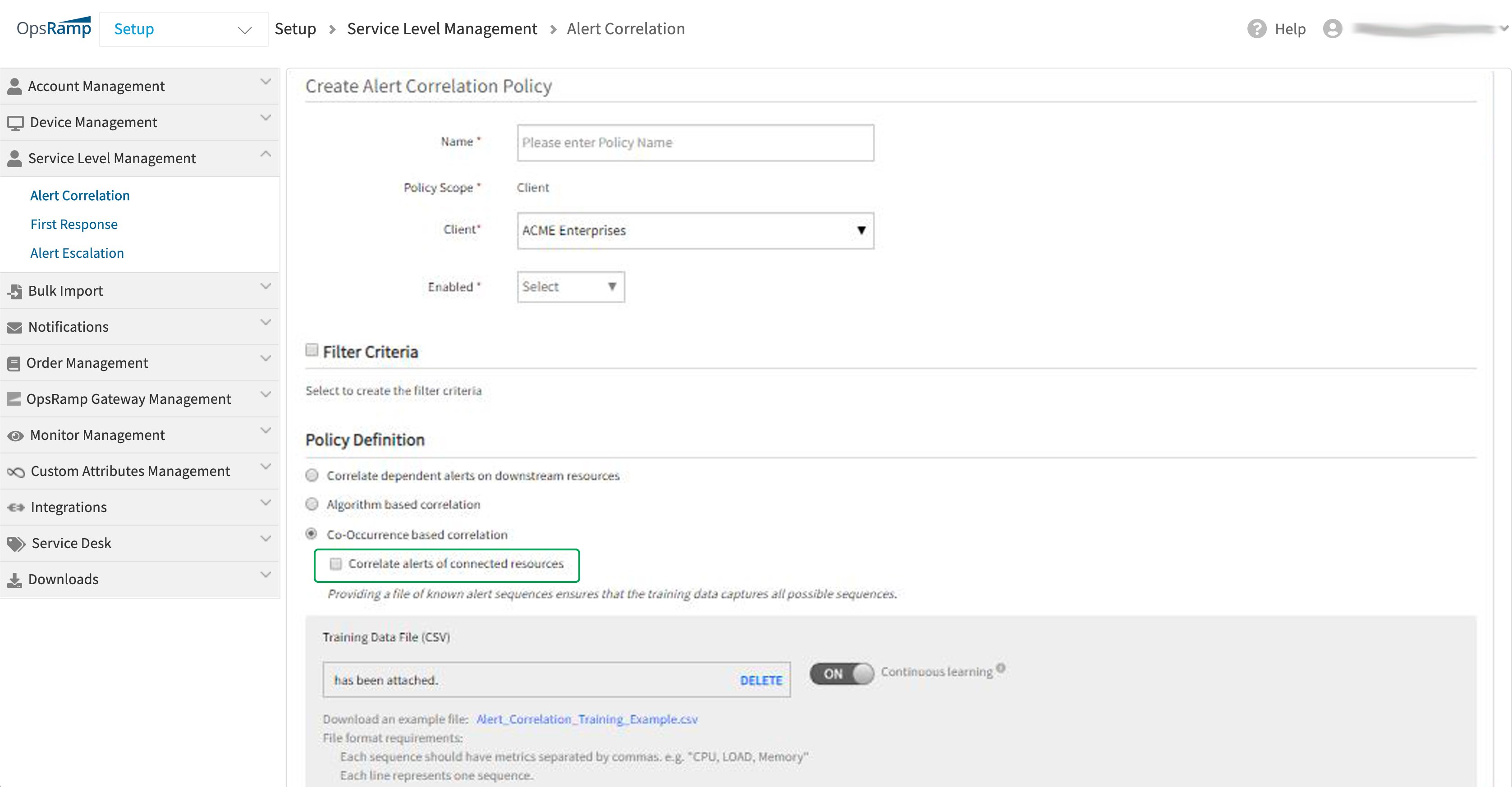
Improved Visualization of Topology Maps
The OpsRamp platform lets you onboard and track all your hybrid IT resources. The Topology Explorer dynamically takes discovered IT assets and helps you understand the infrastructure dependencies and interconnections for your IT services. The Topology Explorer delivers deep impact analysis and faster troubleshooting for your hybrid infrastructure estate.
Topology maps now have improved visualization that makes it easy to see and navigate large scale topologies. This is critical for large VPCs, subnets, or vCenter environments where the ability to snap onto a problematic resource can reduce the overall time spent searching for the root cause of an event.
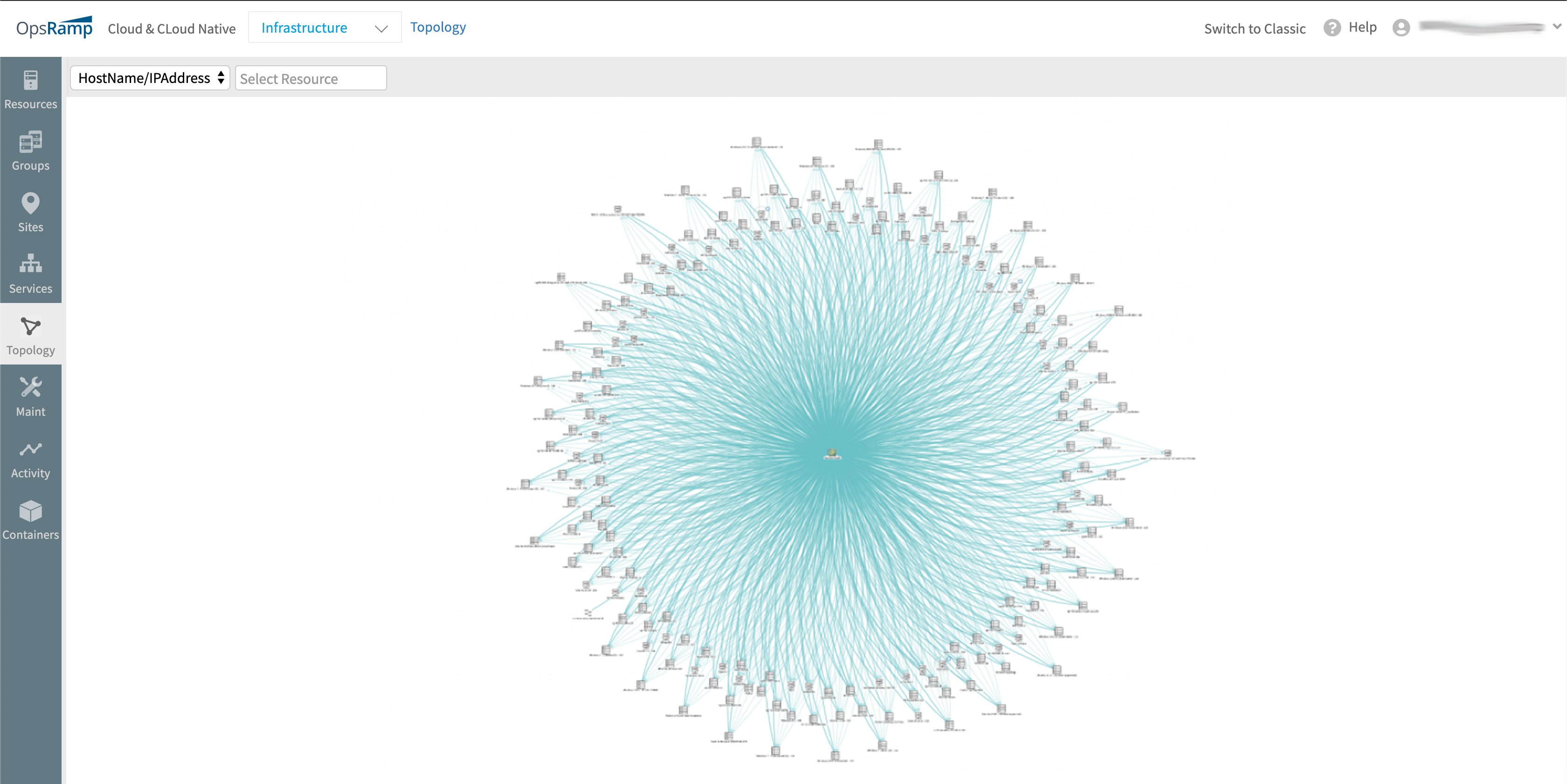
Cloud Monitoring and Management
Agentless Custom Monitors
Agentless monitoring relies on the OpsRamp Gateway, which monitors remote machines using SSH. This enhancement enables custom monitoring and sample code structure is provided so you can write your own custom monitor using any of the following scripts: BASH, PYTHON or PERL. Learn more about OpsRamp hybrid IT infrastructure monitoring.
AWS Discovery for Specific Regions
OpsRamp has deep support for AWS cloud monitoring and management. With the August 2019 update, you can select the region(s) to on-board, with the default setting configured to select All. The ability to select a region in AWS provides increased flexibility in the decision-making process to finalize where to deploy a given service according to various compliance, regulatory, and performance concerns.
Support for AWS Landing Zones
AWS Landing Zone allows customers quickly set up a secure, multi-account AWS environment based on AWS best practices. With OpsRamp, users automatically on-board accounts under the master (payer account) in AWS Landing Zone. This enhancement allows for increased insight into the various child accounts without having to on-board each account individually.
Discovery of other types of Load Balancers in Google
Load Balancing is an essential component when providing a scalable, high performance/high availability service to your users. To support this, OpsRamp is expanding its Load Balancing protocols within the Google Cloud Platform to include:
- TCP
- UDP
- SSL (Proxy)
- TCP (Proxy)
This means that users will now have complete visibility into their load balancing infrastructure running in GCP within the OpsRamp platform.
Integrations, Reports, and APIs
Integration with Palo Alto Networks Prisma
Palo Alto Networks Prisma Public Cloud (formerly known as Redlock) is now available as Monitoring Integration. Users can ingest cloud vulnerability events, such as OpsRamp alerts by Webhook configuration on the integration. By ingesting alerts from Redlock, users can now correlate security events with their performance metrics, which ultimately provides a more holistic and comprehensive platform.
Uninstall Compute and Cloud on User Affirmation
This enhancement lets you provide relevant confirmation content before uninstalling the compute and cloud-related installed integration.
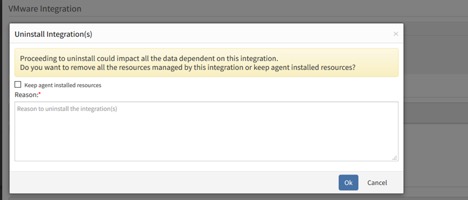
Additional Cloud Inventory Attributes in Custom Reports
The custom inventory report is enhanced to include virtual private cloud attributes, such as VPC id, VPC Name, Subnet ID, and Subnet name.This additional metadata provides users insight into the networking components within their cloud environments and allows them to correlate this info with other critical metadata such as OS, Resource Type, IP Address, etc.
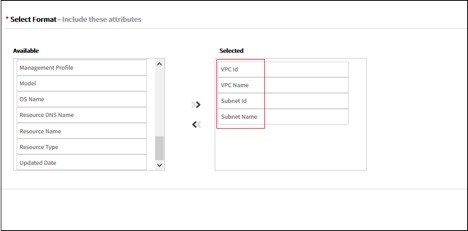
Cloud Inventory Attributes in Custom Reports
OpsRamp now lets you filter alerts based on the source metric used to generate the alert. For instance, you can generate an inbound integration failures report by filtering the custom alert report with a metric filter as shown below.
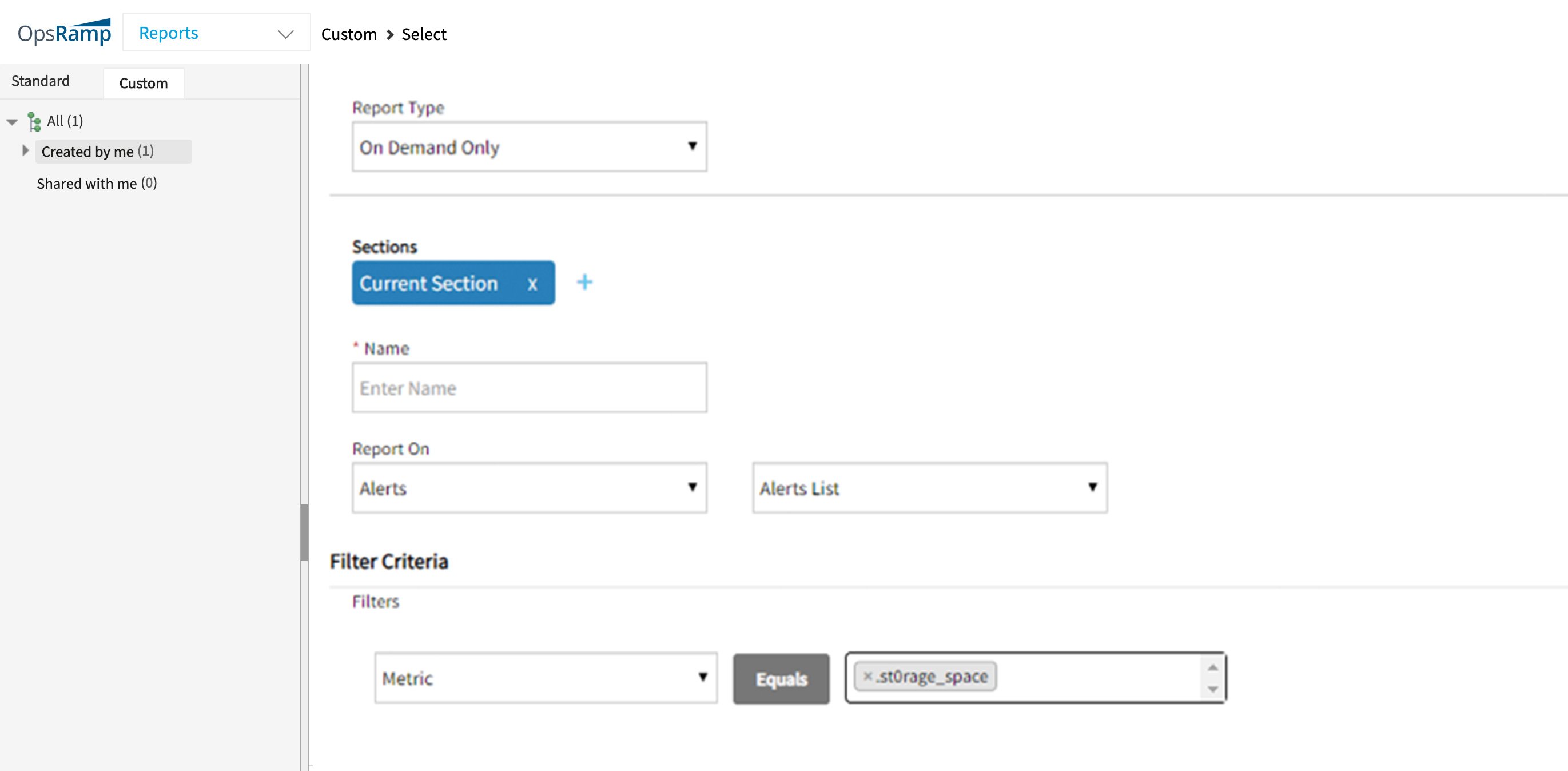
APIs
OpsRamps continues to expand its already robust REST API to enable users to automate and program key functions of the platform. The following new APIs are now available:
- Data Export
- First Response Policy
- Inference Model
- Knowledge Base
- SSO Integration
Updated APIs with Resource Identity Attributes
The following APIs have been updated to include Resource Name, Host Name, and Alias Name:
- Alerts
- Alerts Escalation Policy
- Automation (Patch Management, Patch Compliance, Patch Configuration, Jobs, RBA Scripts APIs updated)
- Custom Attribute (Get Assigned Entities by Attribute APIs updated)
- Device Management (Device Groups APIs updated)
- Resource (Search Resources and Get Minimal Details of Resource updated)
- Tenant (Get Role APIs updated)
- Ticketing (Task, Get Change Request, Get and Search API for Incident updated)
OpsRamp customers and partners should review the updated release notes and documentation or contact your customer success manager and account team for more details. Also visit status.opsramp.com for updates.
Next Steps:
- Follow OpsRamp on Twitter and LinkedIn for real-time updates and news from the world of digital IT operations.
- See What’s New in the OpsRamp platform.
- Schedule a custom demo with an OpsRamp solution expert.
